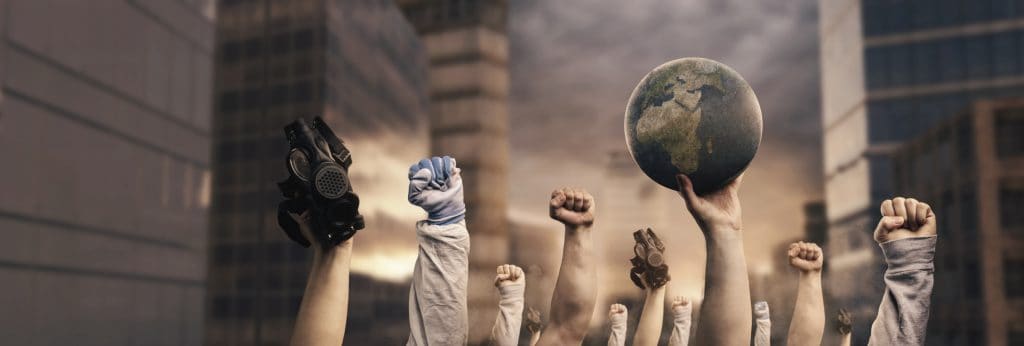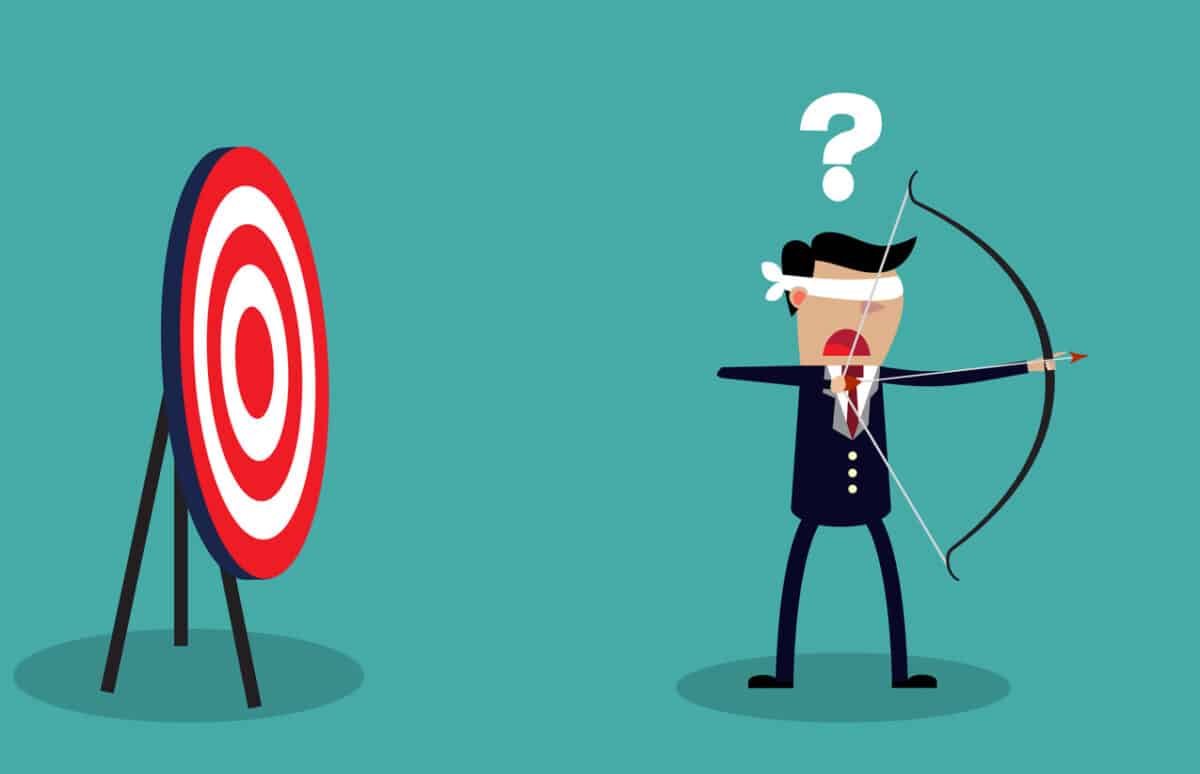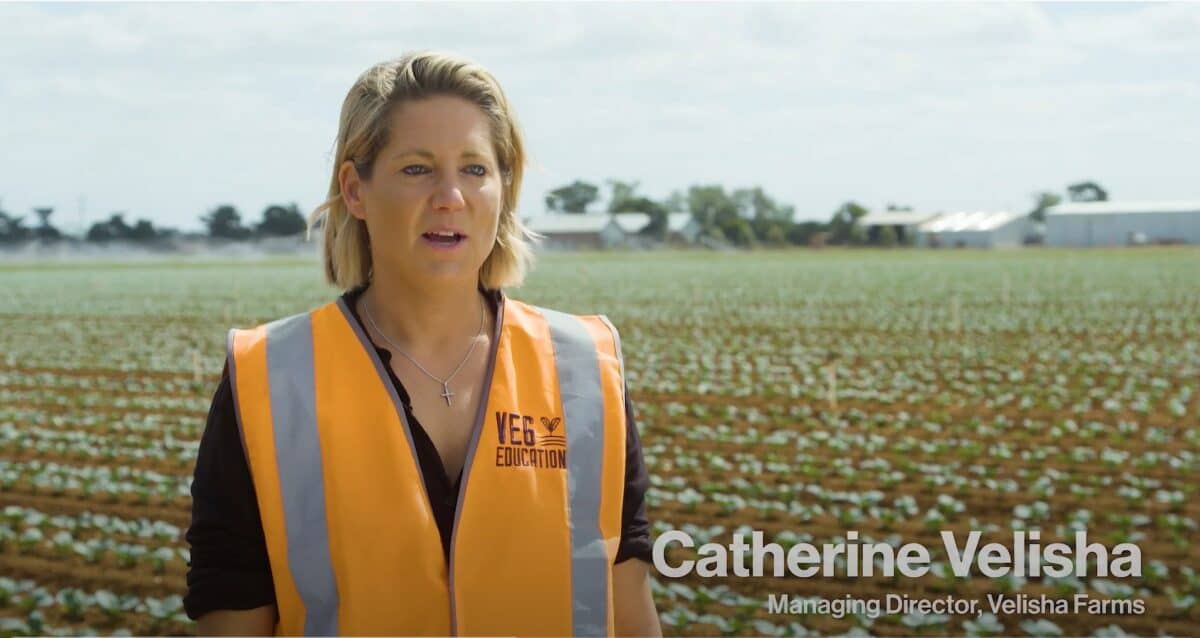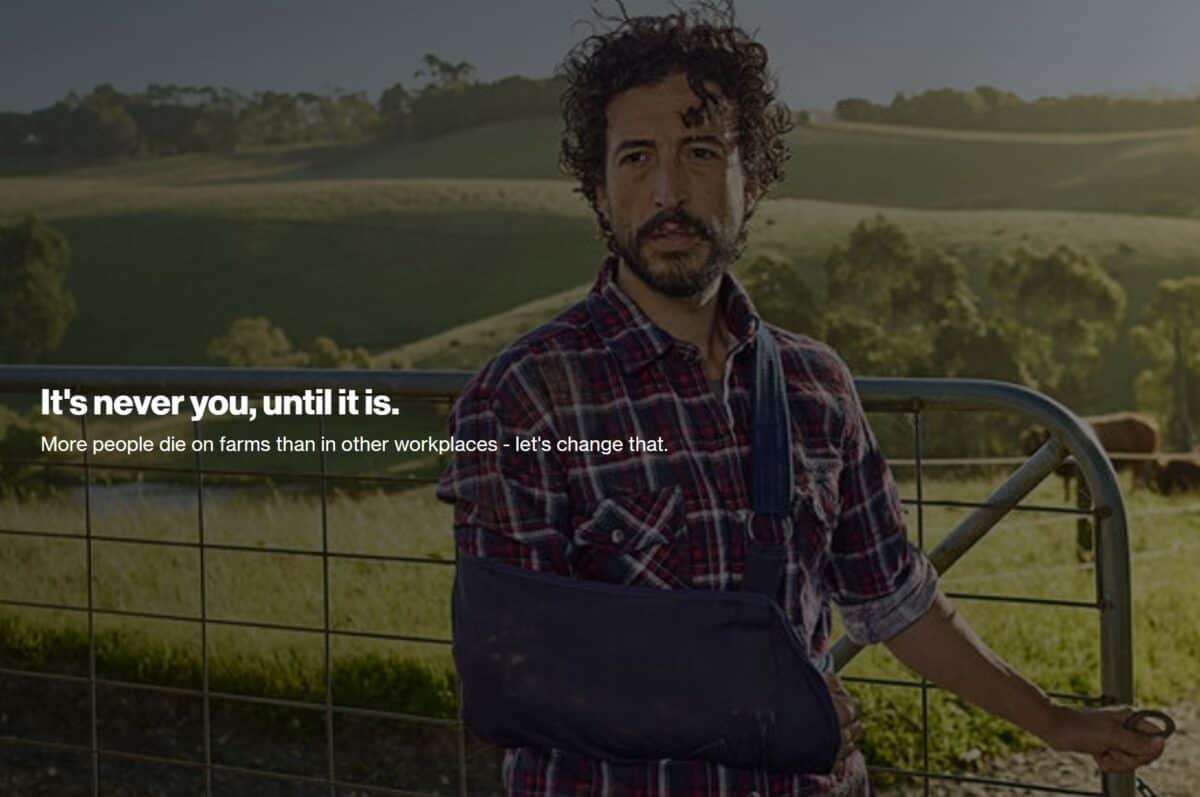Ken Phillips of Self-Employed Australia is continuing his pursuit of Victorian politicians for breaches of the occupational health and safety (OHS) laws after the failure of the State’s Hotel Quarantine Program that led to the deaths of some Victorians from COVID-19. He has supporters in some of the mainstream media and was recently interviewed by Peta Credlin on Sky but perhaps the clearest explanation of his aims is in an interview with George Donikian on The Informer in May 2021. Just recently, Phillips obtained an update from WorkSafe Victoria and has been doing the media rounds again.
Category: campaign
A traditional farm safety campaign with tweaks
For the last few years, farm safety has been dominated by arguments over the safety of quad bikes. Squabbles continue in Australia, but that topic is largely over, and many are returning to a broader and more contemporary approach to health and safety in farming.
It looks like WorkSafe Victoria has begun to roll out its farm safety ambassadors with Catherine Velisha on the cover of a recent edition of Stock and Land newspaper and in a Youtube video. This is supported by a full article on page 3 with an additional article in a glossy supplement provided with WorkSafe’s support.
The article is a blend of promotion for Velisha’s farm management training company and media releases from WorkSafe Victoria. The occupational health and safety (OHS) statistics are new but not very different from previous statistics. Middle-aged men continue to be a feature of the fatality statistics, and 58 on-farm deaths happened in 2020, the same as the year before. Quad bikes have been a major factor in those deaths.
WorkSafe Victoria intends to change the farm safety culture
WorkSafe Victoria has launched a new campaign about health and safety on farms. Safety and health in this sector needs constant promotion as high rates of death and serious injury persist. The latest video campaign deserves a broad audience and hopefully is pushed heavily on television in rural areas and through local newspapers (what’s left of them) as these media continue to be major influences.
Farming is one of the hardest industries in which to achieve tangible change in occupational health and safety as discussed only recently on this blog. This latest campaign is fresh and looks good but the message is confusing if, as WorkSafe Victoria claims, the aim is to affect cultural change in the agriculture sector. The video takes a narrow focus on the male farmers implying they are the major cause of injuries. (Gender is a sensitive issue in farming, even though the statistics show older male farmers continue to be at high risk of injury) There is a little bit of “blame the worker” which is contrary to most strategies for cultural change.
Call for change on sexual harassment could use support from OHS
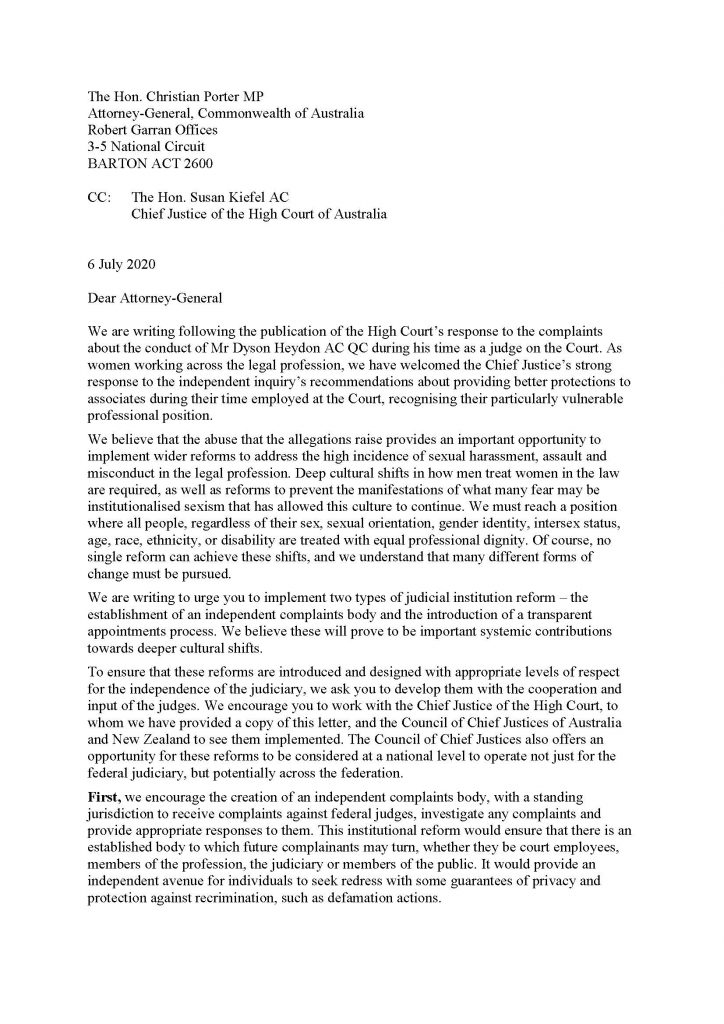
Discussion on the sexual harassment allegations against former High Court judge Dyson Heydon continue even though some Australian States’ media have returned to COVID19 clusters and football. On July 6, 2020, five hundred women in the legal profession published an open letter calling for
“… wider reforms to address the high incidence of sexual harassment, assault and misconduct in the legal profession”
The signatories call for an independent complaints body for the Australian judiciary and changes to the appointment of judges. What is missing is Prevention.
We’ve got Industrial Manslaughter laws, now what?
So, Victoria now has Industrial Manslaughter laws. Now what? Within days of the activation of these laws a worker died at the Thales worksite in Bendigo. This location is covered by the Federal Work Health and Safety laws, but this has not stopped social media from mentioning Industrial Manslaughter. It seems now that every work-related death will be assessed through the IM lens. It may be that the threat of jail should always have been the starting point for occupational health and safety (OHS) penalties and investigations but initial responses to the IM laws have been mixed, and some seem to be more interested in what, in the past, has been a sideline to the IM discussion – deaths, in work vehicles, suicides and industrial illness.
From a spark to a flame

The recent employment data for Australia shows record levels of unemployment due, largely, to COVID19. People are out of work and are seeking jobs in areas and occupations with which they are unfamiliar, and we know that new workers are at a high risk of injury. But “safe jobs” has rarely been a government priority.
Prime Minister Scott Morrison and Treasurer Josh Frydenberg held a long press conference after the release of the employment statistics on June 18 2020. Nine times the pair stressed the government’s priority was to get Australians “back into work”. Safe and healthy jobs were never mentioned. One could argue that occupational health and safety (OHS) was not part of the economic discussion on that day (it never is) but there is an equal argument to say that the inclusion of either adjective “safe” and “healthy” could create a cultural change in Australian workplaces, a cost-reduction strategy for Australian businesses and an increased quality of life and improved social cohesion for all Australians.
How OHS can change the world
Yesterday, I was critical of an Industrial Relations paper written by the Australian Industry Group for not integrating occupational health and safety (OHS) into the submission to Government. This omission is indicative of the conceptual silos of OHS, Industrial Relations, Human Resources, and general business decision-making, and is certainly not limited to business organisations like the AiGroup.
In a presentation at the upcoming National Health and Safety Conference conducted by the Australian Institute of Health and Safety I urge OHS people to
“Provide submissions to any or all formal government inquiries, regardless of topic…”
This is an extension of the aphorism that safety is everyone’s responsibility and deserves some explanation. Through that explanation to the right people, on the right topic, at the right time, OHS could change the world.
